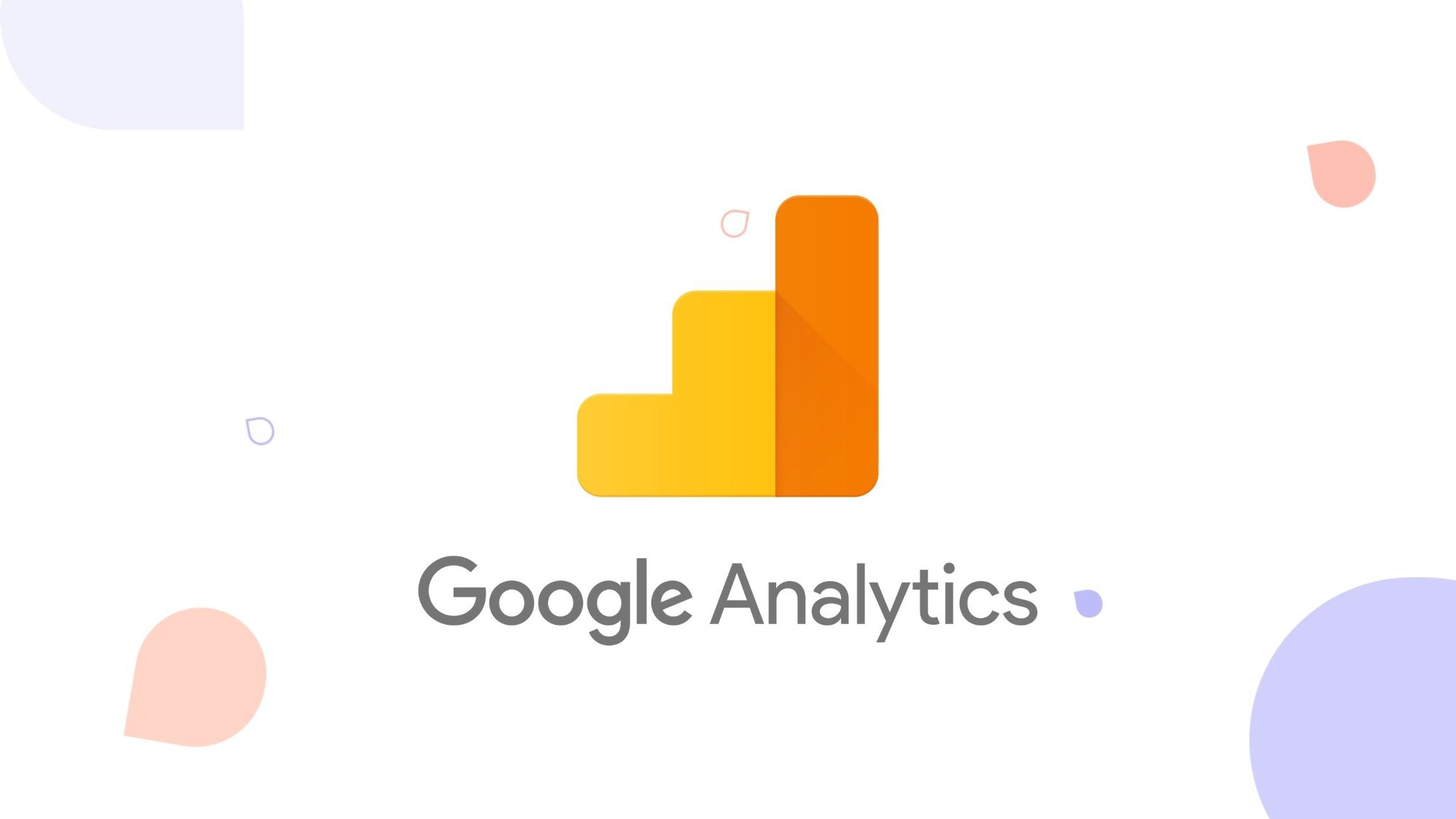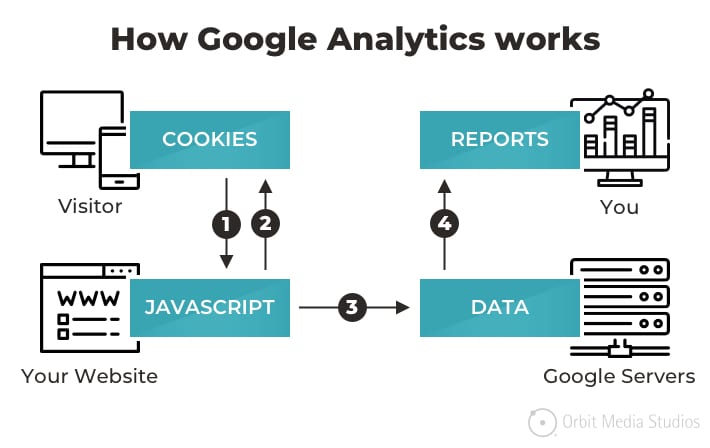When Does the Google Analytics Tracking Code Send an Event Hit to Analytics? Timing and Best Practices Explained
When Does the Google Analytics Tracking Code Send an Event Hit to Analytics? Timing and Best Practices Explained
Blog Article
Enhance Your SEO Approach With Effective Google Analytics Tracking Code
Including Google Analytics tracking code into your SEO strategy is a critical step toward achieving quantifiable outcomes. What specific strategies can you take on to optimize the impact of this information on your Search engine optimization efforts?

Recognizing Google Analytics Essentials
To effectively leverage Google Analytics for SEO, it is important to comprehend its foundational ideas. Google Analytics works as a powerful device for tracking and evaluating web site web traffic, providing understandings that are critical for optimizing internet search engine performance. At its core, the system enables users to monitor individual habits, web traffic resources, and key performance signs (KPIs) such as bounce rates and session durations.
Familiarity with the interface is important. Trick areas include the Audience, Procurement, and Habits tabs, each providing important information. The Target market area gives demographic insights, helping to tailor web content to target users effectively. The Acquisition tab reveals just how site visitors arrive at the site, whether through organic search, paid ads, or social media sites, directing strategic adjustments in advertising and marketing initiatives.
Recognizing metrics such as organic traffic volumes and conversion rates is important for assessing SEO performance. Ultimately, understanding these essentials allows digital online marketers to harness the complete possibility of Google Analytics, driving informed choices that boost general search engine optimization methods. By establishing a strong structure, services can successfully analyze their efficiency and determine chances for enhancement in their on-line presence.
Establishing Up Monitoring Code
Correctly establishing up the monitoring code is important for accurate data collection in Google Analytics. The initial step entails creating a Google Analytics account and residential property, where you will certainly get a distinct monitoring ID. This ID is essential for linking your internet site's data to your Google Analytics account.
Once you have your tracking ID, integrate the monitoring code fragment into your internet site's HTML. This is typically positioned in the header section of each page to ensure it loads early in the page making process. If you're using a Web content Monitoring System (CMS) like WordPress, lots of plugins simplify this process, enabling you to include the monitoring code without direct HTML modifying.
After carrying out the monitoring code, it is important to test its capability. If the monitoring code is properly installed and functioning, you can utilize the Google Tag Aide tool to validate. In addition, check the real-time coverage function in Google Analytics to verify that data is being accumulated correctly.
Making sure that the tracking code is correctly established lays the structure for effective data analysis, allowing you to make educated choices to boost your SEO strategy and general website performance.
Key Metrics to Display
Determining key metrics to monitor is important for understanding the performance of your SEO technique through Google Analytics. By concentrating on details data points, you can assess the influence of your optimization efforts and make notified decisions to enhance performance.
Among the key metrics to track is organic traffic, which indicates the number of visitors getting to your site via internet search engine. This statistics reflects the general health and wellness of your SEO technique. Next off, monitor the bounce rate, which shows the percentage of site visitors that leave your website after viewing just one web page. A high bounce price may indicate that your content is not fulfilling user assumptions or that your touchdown pages need enhancement.
Furthermore, take into consideration tracking conversion rates, as these metrics disclose how well your site fulfills its service goals, such as producing leads or sales. Key phrase positions are additionally important; tracking modifications in keyword positions aids review the performance of your targeted search engine optimization initiatives. Finally, analyze the ordinary session duration, which indicates customer involvement and web content relevance. By very closely adhering to these crucial metrics, you can get useful understandings into your search engine optimization strategy's performance and identify view publisher site areas for improvement.
Analyzing User Habits
Comprehending customer behavior is essential for fine-tuning your search engine optimization method and making best use of website efficiency. when does the google analytics tracking code send an event hit to analytics?. By examining how site visitors connect with your website, you can uncover important insights that inform your content and layout choices. Google Analytics offers a riches of data on customer engagement metrics, such as bounce rates, time on website, and web page sights per session. These metrics help determine which web pages reverberate with your audience and which may need optimization.
Additionally, tracking user flow can reveal common navigation paths, highlighting prospective bottlenecks or locations for enhancement. Recognizing the demographics, passions, and geographic locations of your site visitors allows for more tailored content that speaks with their needs. Utilizing segmentation features in Google Analytics further enhances your ability to analyze user actions by permitting you to compare different audience teams.
Moreover, keeping an eye on conversion prices and individual actions can offer insights into the effectiveness of your calls to action and total website style. This holistic view of customer actions is essential for making notified decisions that enhance customer experience and drive greater interaction, ultimately adding to improved search engine optimization efficiency.
Leveraging Insights for Search Engine Optimization
Continually leveraging understandings gained from user behavior analysis can dramatically improve your SEO initiatives. By using Google Analytics, you can determine essential metrics such as bounce rates, session duration, and customer circulation, which disclose exactly how visitors interact with your content. These understandings enable you to determine areas requiring enhancement, such as high exit web pages or underperforming keywords.

Additionally, tracking organic traffic sources my review here gives clearness on which networks are most effective, enabling you to allocate sources tactically (when does the google analytics tracking code send an event hit to analytics?). By evaluating view it now conversion prices alongside web traffic data, you can recognize which pages drive real service results, fine-tuning your search engine optimization technique additionally
Integrating these insights right into your material technique not only enhances presence however also cultivates a much more user-centric method. Ultimately, a data-driven search engine optimization method informed by analytics not just improves rankings yet likewise aligns your purposes with customer expectations, causing sustained development and interaction.
Conclusion
Reliable implementation of Google Analytics tracking code significantly improves a SEO method by providing vital insights right into user behavior and web traffic resources. Keeping an eye on vital metrics such as organic web traffic, bounce prices, and conversion rates assists in the recognition of enhancement locations. Additionally, examining customer demographics and engagement metrics enables for a more targeted content technique. Ultimately, leveraging these insights adds to improving search engine optimization efforts, driving more appropriate website traffic, and improving overall web site efficiency.
Integrating Google Analytics tracking code into your Search engine optimization technique is a critical step towards accomplishing measurable results. At its core, the system makes it possible for customers to keep an eye on user habits, website traffic sources, and crucial performance signs (KPIs) such as bounce rates and session periods.
Comprehending user actions is essential for fine-tuning your Search engine optimization approach and maximizing website efficiency.Continually leveraging understandings gained from individual behavior analysis can considerably improve your Search engine optimization initiatives.Reliable application of Google Analytics tracking code considerably enhances a Search engine optimization technique by providing crucial understandings into customer habits and traffic resources.
Report this page